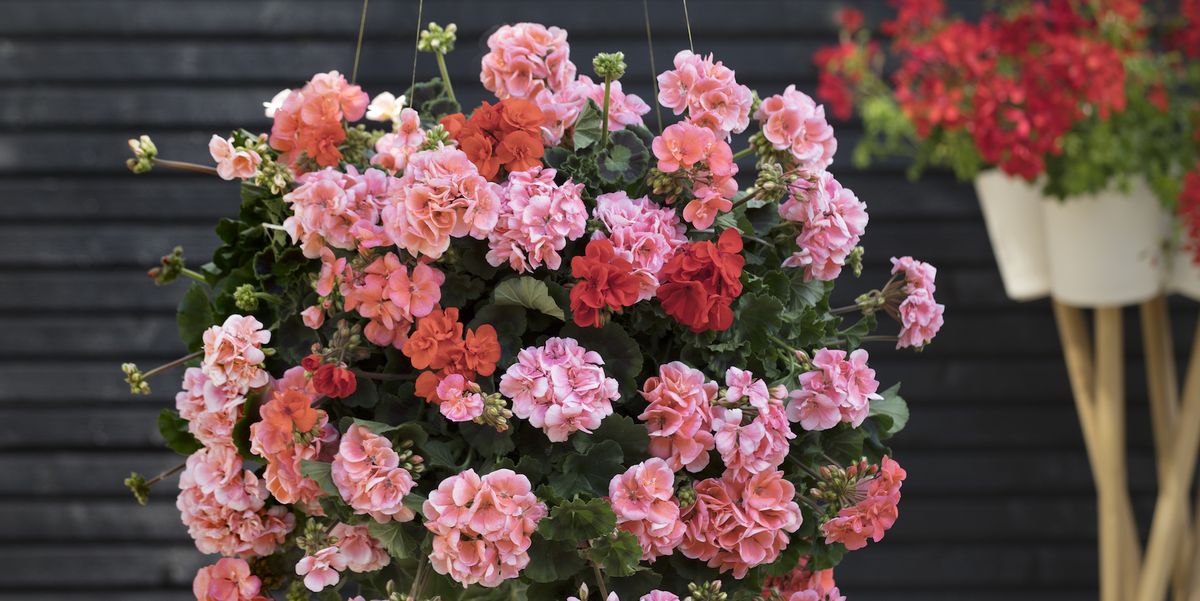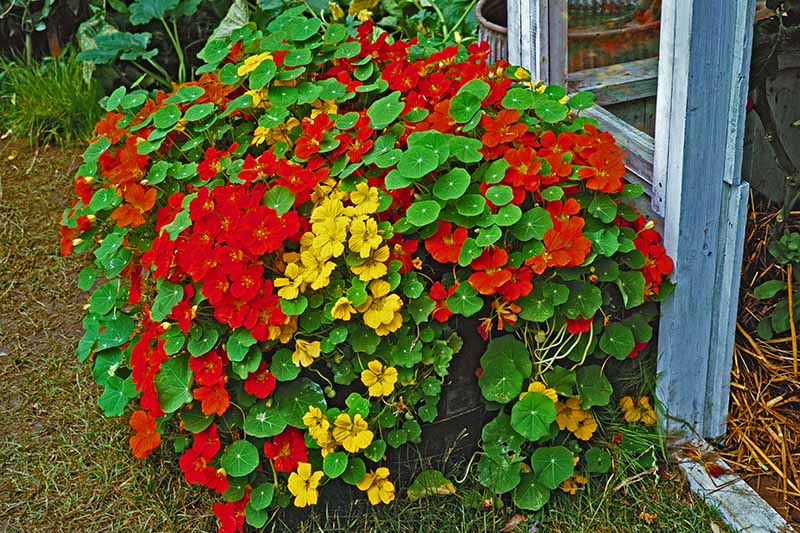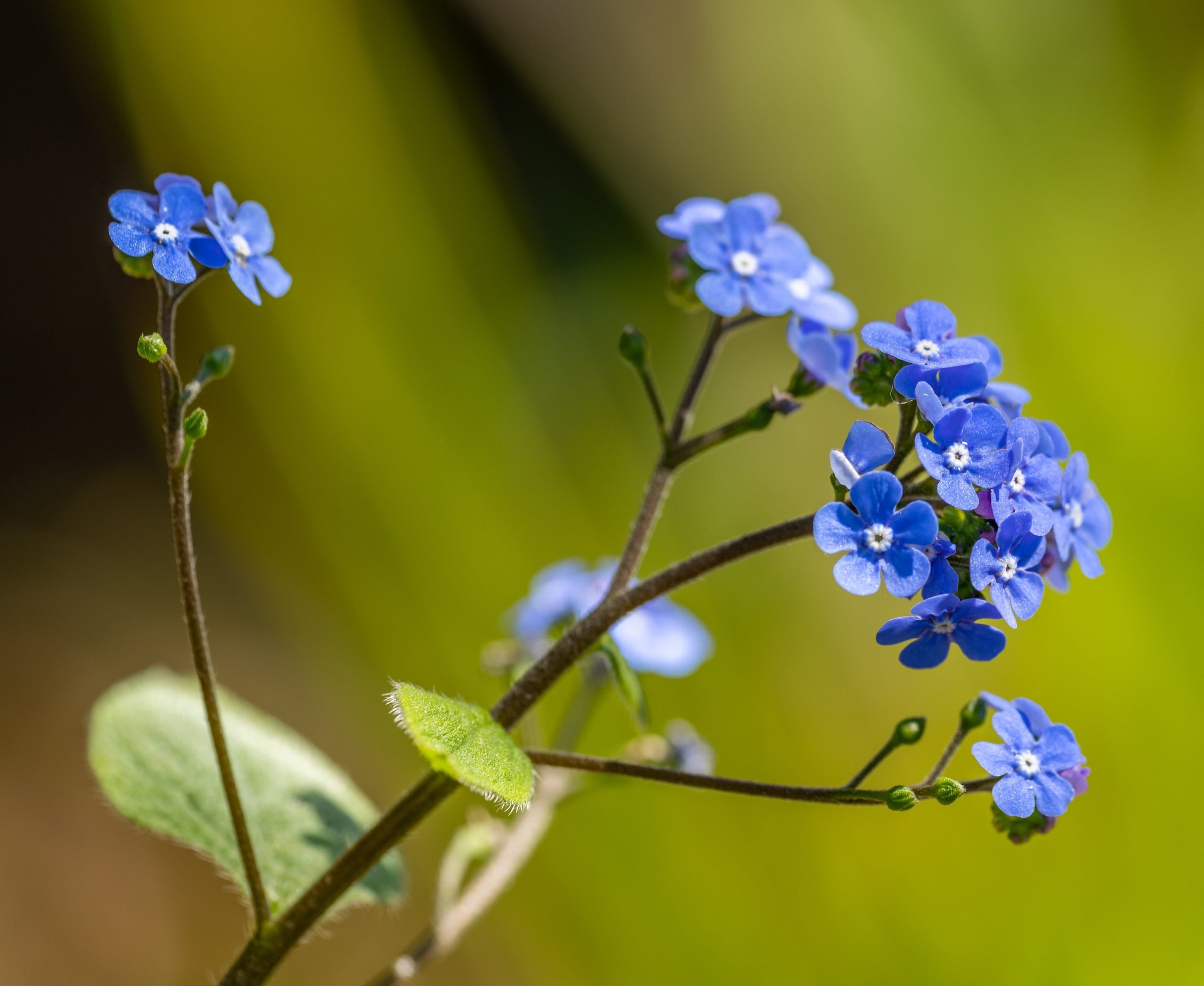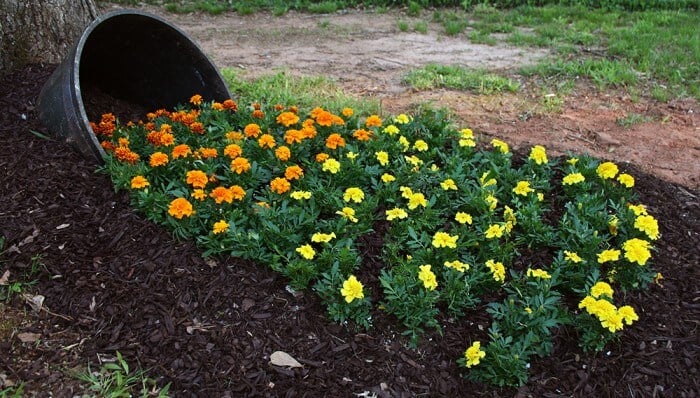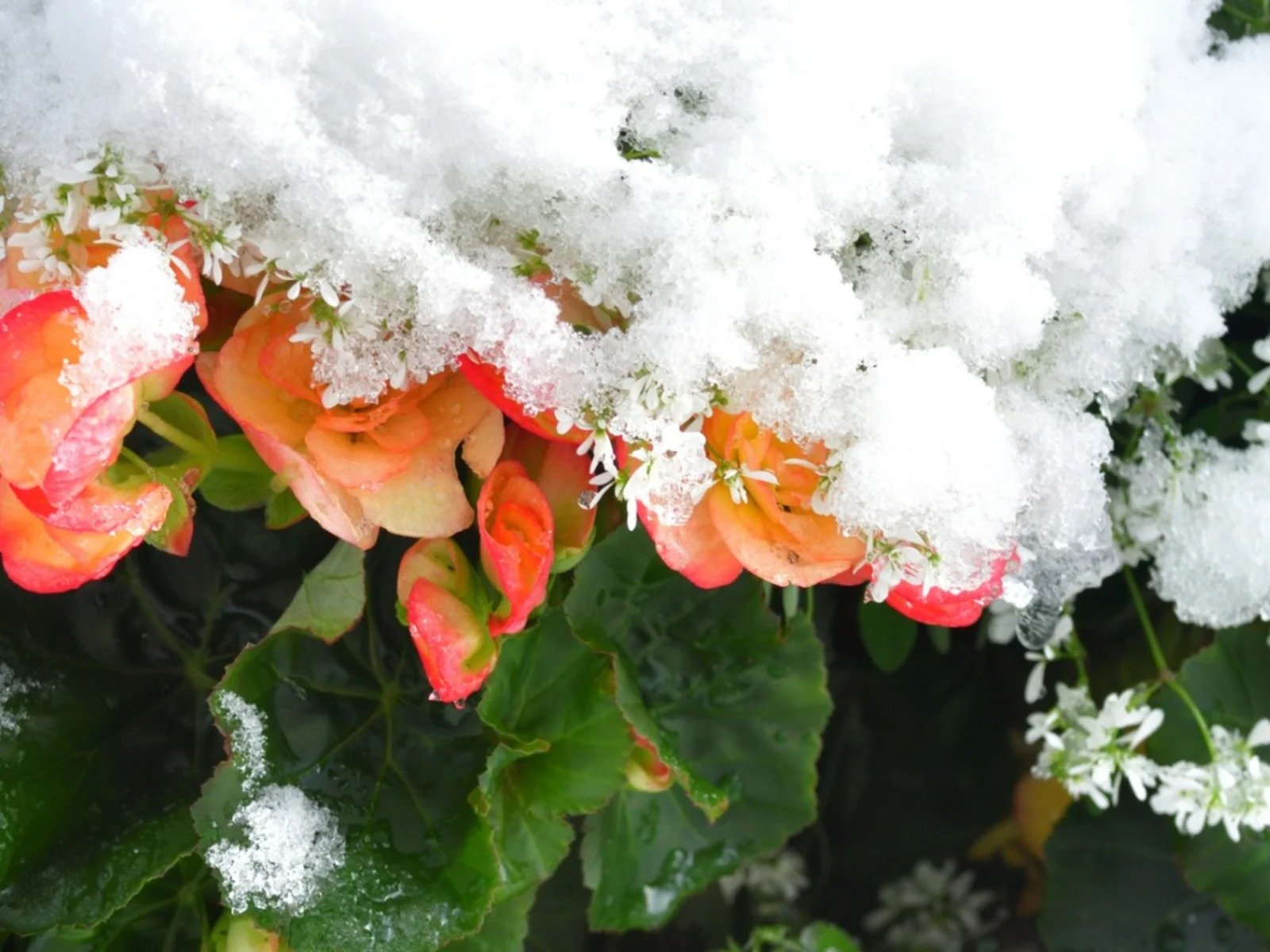Learn How and When to Prune Your Pear Trees [UK]
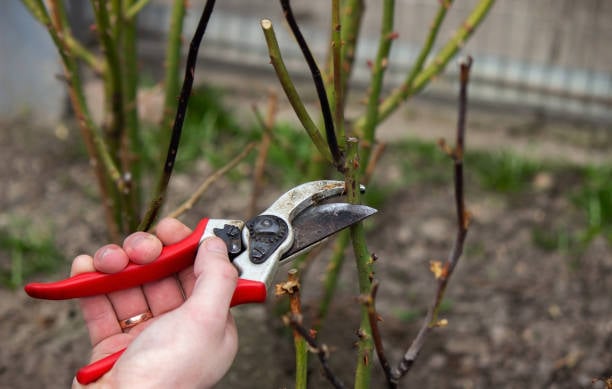
Table of Contents
Harvesting and picking fruits from your garden brings immense joy and happiness. But do you know how to prune them well? Many harvesters love to grow pears in their gardens. These pear trees’ manageable size and eye-soothing views are facts behind that.
But, if you love growing pears too but need to learn how to prune them, you are losing an excellent harvest. So, it’s time to learn how and when to prune pear trees. Pruning pear trees is different from pruning other trees. Proper Pruning can impact these trees’ appearance, health, and yield.
Many pruners often surf the internet in search of the right pruning techniques. Here we have come up with the right article, completely devoted to the facts related to Pruning. This article could help you better grow and prune pear trees for your home landscape.
Essential Tips to Keep in Mind Before Pruning Pear Trees
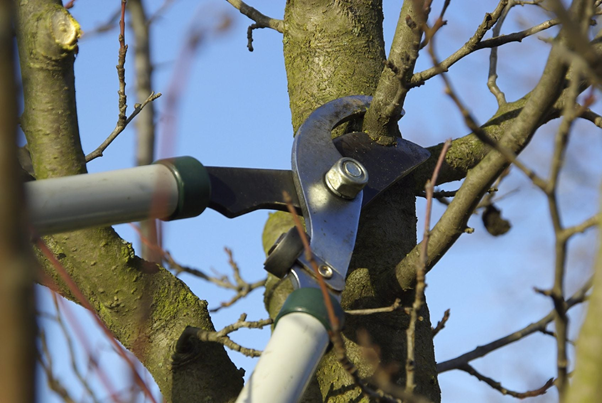
Before you gain a deep knowledge of when to prune pear trees, you must learn these trees’ basics. The process of pruning a standard pear tree and a trained pear tree is different. When you prune a standard tree, you can remember its shape. However, the goal is to let the light come into the middle of the tree. So check for weak, dead, dying, or diseased wood before Pruning. Removing a small amount of old wood each year can encourage new Growth, and you can enjoy boosted production.
Cordons, espaliers, and fan-trained pear trees are also present. Pruning such trees is best done in the middle of July. Before you know when to prune pear trees UK, remember to keep these trees in an exact shape because many are ornamental.
How to Prune Pear Trees in the UK

To get the desired result, you must know the right process of Pruning. However, if you need guidance, read further.
- If you want to train it for an ideal shape for bearing high-quality fruit year after year, you must follow a particular process. You can follow another process to grow it with a natural look for a larger harvest. You can try growing them in the espalier style if you lack space.
- If you want to opt for the first option, you can prune it by following the “single leader” or “central leader” shape.
- The central leader’s shape encourages the pears to grow straight up. It also maximizes the light exposure to the lower and middle branches and increases fruit production and quality.
- To keep the tree healthy and maintain a more “natural” appearance, try to prune it for growing branches.
- The main stem of a young pear tree, like the Pear Patio Duo Fruit Tree, should always be higher than the surrounding branches. It is because the branches of a pear tree grow upright, but when they begin to produce fruit, the branches spread.
- The proper sunlight that reaches the tree’s centre gets increased by Pruning. As a result, your tree will produce fruit earlier and in greater quantities. Sprays like Growing Success 20300573 Natural Power Disease &Fungus 800ml RTU, GREEN can reach every part of the tree more. As a result, it creates healthy circulation around the branches and helps in disease prevention.
When to Prune Pear Trees in the UK
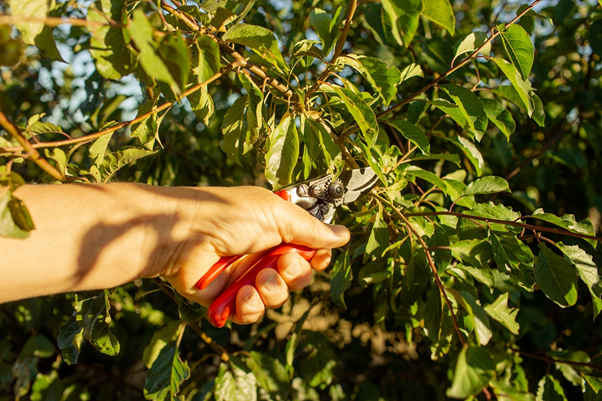
Before the buds begin to swell, pear tree pruning must begin. But when? The answer is in winter. Earlier Pruning is not good in spring and summer because of the excessive vegetative Growth. There are different types of winter injuries too. So a wrong pruning may create issues here. It is advisable to avoid trimming pears after midsummer.
The best time to prune most pear trees like Pear Pyrus communis ‘Beurre Hardy’ is between the middle of winter and the beginning of spring. Early Pruning may encourage numerous tender shoots that suffer from severe frost damage. Besides that, there will be an ideal entry point for bugs, fungi, and bacterial infections. Moreover, bare-rooted trees should be pruned immediately after the plantation. If the new tree has plenty of branches, consider cutting those less than 18 inches long. As your tree grows older, it starts giving delicious fruit.
Is It Possible to Prune Pear Trees in Summer?
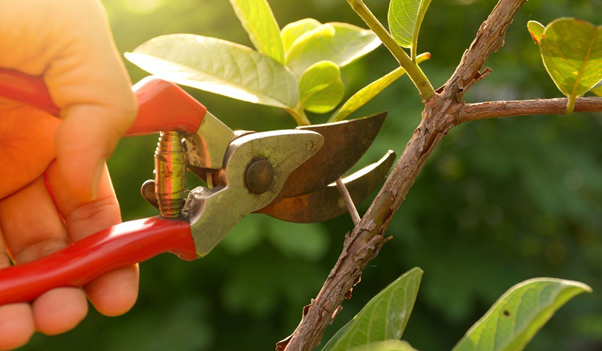
Yes, Pruning of pear trees in summer is possible. Summer pruning is best for varieties like Concorde, Conference, Onwards, Williams, and Beth. A tree that grows in full sunlight all day takes longer to produce fruit than one that grows in ideal conditions. Gardeners can use Miracle-Gro Performance Organics, all-purpose, enriched compost for adequate nutrients and moisture.
- Pear trees can be trimmed anytime between mid-June and late August, but it’s best to do between the middle of July and late August.
- Try to set the pruning time. If you prune too much in June and early July, the chances are higher that there will be a huge regrowth in August.
A new spur that will bear the flower bud for the next year; keep it and try to cut the vertical shoots to a few centimetres next to the flowering spur. Work on the lower part of the tree first. Try to build a balance so there will be enough foliage for the fruit and tree.
- Take care with the darts and reduce the vertical shoots holding a terminal bud.
- Removal of vertical growth shoots in a moderate amount is good, especially in the top part of the tree. Following this process encourages stronger tree growth.
- It is also suggested to seal the wounds with Growing Success Prune and Seal, available online. Sealing the cuts and wounds can help keep the tree safe for a long time.
How the Gardener Should Prune a Mature Pear Tree?
Once pear trees are three years old, each tree is unique. Here you need specific advice on when to prune pear trees. Sometimes it turns out challenging for the pruners. Different tree shapes are created according to the variation of the trees, past pruning techniques, and other environmental factors. So, a gardener should follow some principles for pruning a mature pear tree.
Avoid Cutting Off Fruiting Spurs
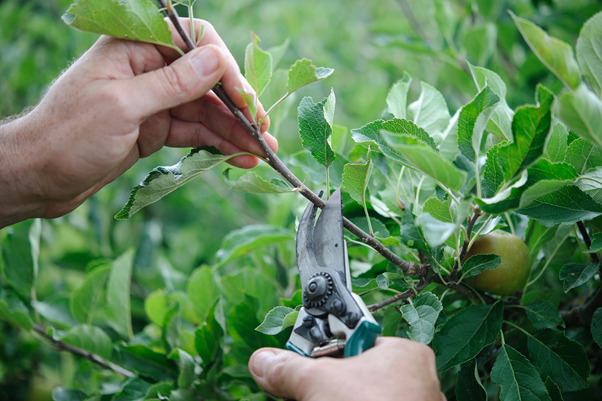
If you look at the structure of a pear tree in winter, when there is no leaf, you can tell the difference between the stem development from this year and older Growth. Additionally, you will be able to identify the fruiting spurs. Avoid pruning the fruiting spurs unless they become diseased.
Aim for a Wine Glass Shape
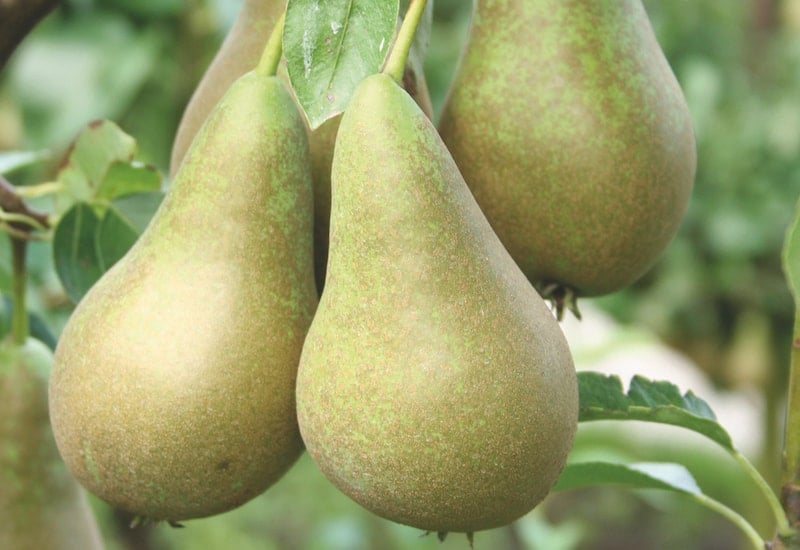
To reduce the risk of fungal infection and expect good air circulation, you must keep the tree’s central part free from Growth. The basic idea is encouraging branches to point outwards from the main trunk.
Prune in Gentle Stages
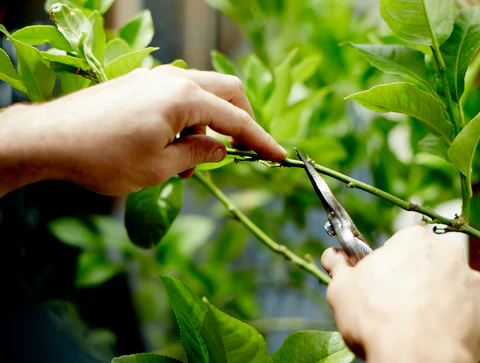
You must be careful while handling a pear tree for Pruning. Deep-rooted and strong trees will regrow within a short time. However, if you face an overgrown tree and want to know when to prune pear trees, consider cutting it back at least two, three, or four years.
Remove Crossing and Touching Branches
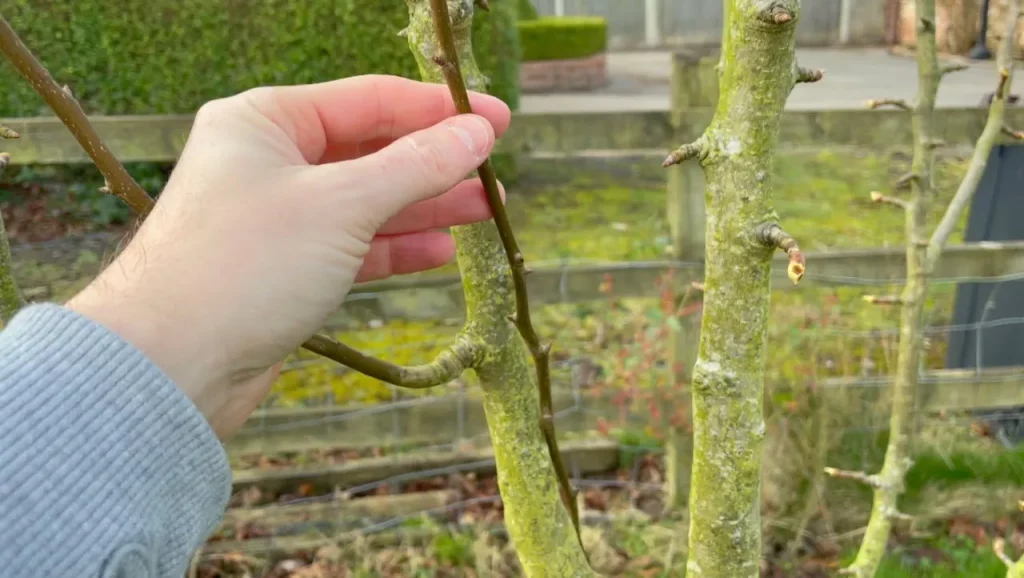
Usually, natural wind causes two branches to rub against each other where they cross. As a result, it exposes the bark to infections. To prevent this, you should take out one of the crossing branches.
Removal of Diseased Wood
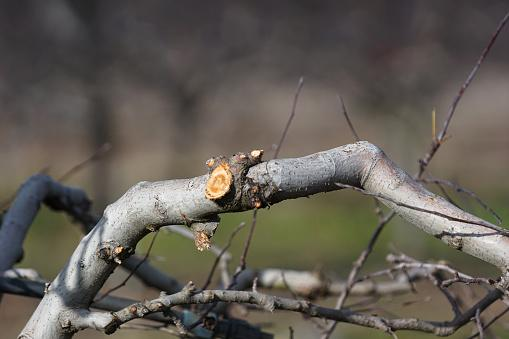
When you prune, keep your eyes open for diseased wood. Removing this will be good so that it gets back to healthy wood. Pruning is a thing in which you can gain expertise over time. Real-time practice and experience can bring the perfect solutions for you. If you want to keep your pear tree in check, these points will help you. In reality, every pear tree is different from others. Once you start pruning them, you will enjoy doing it.
Benefits of Pruning the Pear Trees
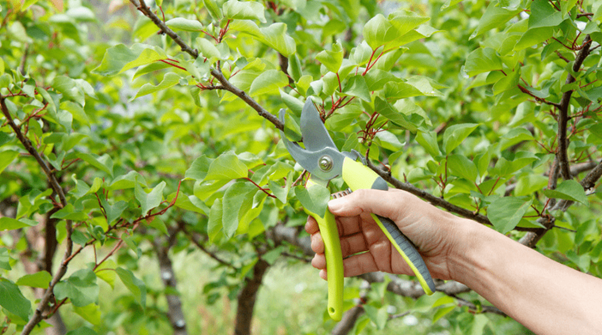
Do you know when to prune pear trees? Pruning should be done every 2 to 3 years for fresh-looking, healthy, and productive pear trees. Pruning the pear trees also has a lot of benefits which are listed below.
1. Enhances Growth
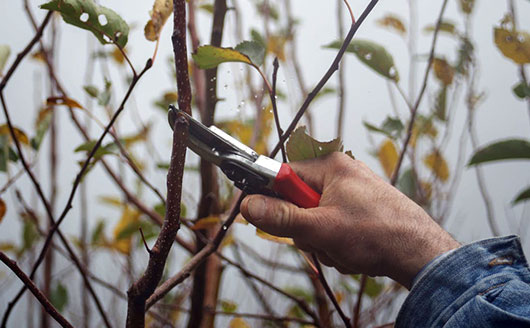
Pruning helps in the Growth of new branches, especially when it’s done in winter. Growth often gets obstructed because of old or damaged branches. Pruning helps in that part. In addition, professional Pruning increases the chances of growing stronger roots. Thus, it ensures the tree can hold itself even in harsh climates.
2. Boosts Fruit Production
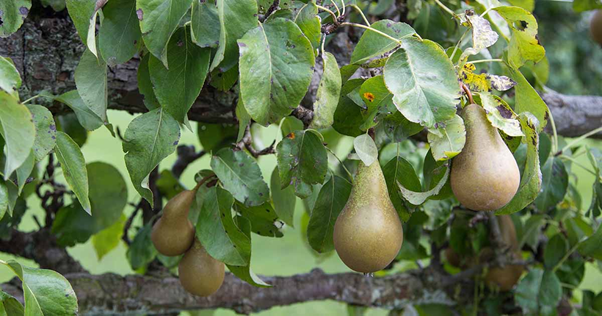
Proper Pruning manages healthy fruit production. Deadwood or rotten wood, if not removed, can increase the chances of exposure to insects or diseases. It is why cutting off dead or damaged parts is essential. So, following the proper pruning process promotes the growth of new buds and fruit.
3. Protection from Tree-Related Diseases
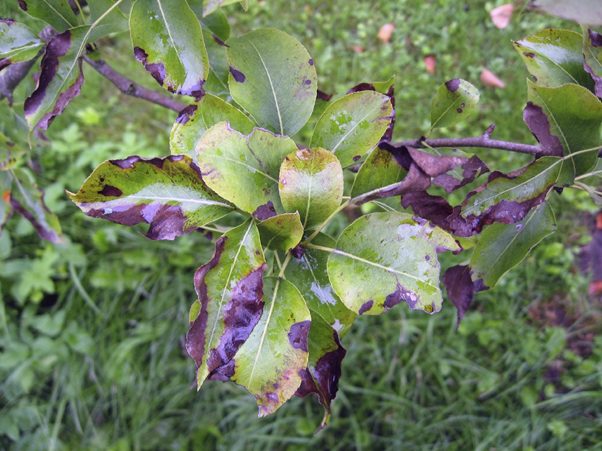
Bacterial effects and tree-related diseases are very common. Trees can suffer from this if Pruning is not done. Therefore, professional pruning methods are considered a preventive step that protects the pear trees from contracting diseases. In addition, it leads the trees toward a long and healthy lifespan.
4. Improves the Look of the Garden
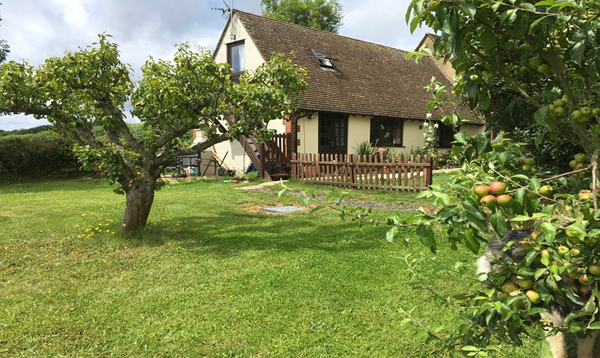
Correct Pruning means cutting off dead or damaged branches and removing parts that are growing faster. In this way, you can not only shape and transform the look of your tree but also improve the whole of your garden. A pruning tool like Garden Pruners can help you to perform this job in the best manner.
Wrapping Up
How and when to prune pear trees in the UK is a common question among pear harvesters. It might be challenging, but once you know the right technique for pruning the pear trees, you will love doing it. Don’t worry; it will take some time, but having the right sharp tools, natural compost for nutrition, seals, and sprays will do wonders for your pear trees.
Pruning has its significance, and no harvester can deny it. Other than flowering and fruiting, Plant Theory 4-5ft Williams Bon Chretien Pear Tree pruning promotes Growth. So until you trim the unnecessary branches and give the tree a proper shape, you cannot expect a fruitful result. In addition, maintaining the tree’s structure also reduces the risk of broken limbs and falling branches.
Being a pear tree harvester, it must be your prime goal to reach a better harvesting point. So, keep a check on the shape and balance of the tree, follow the tips, and you will find yourself a great gardener in no time!
Frequently Asked Questions
What Is the Best Month to Prune the Pear Trees?
The right time to prune a pear tree generally depends on how the plant is being grown. Winter is the best month for pruning free-standing pear trees. However, after midsummer, you should refrain from following the process of pruning the pear trees.
What Is the Correct Way to Cut or Trim the Pear Trees?
It is always ideal to start with soft or semi-hardwoods for great Pruning. However, a pear tree can be shaped well when young. You must do it to remove all the unnecessary branches and leaves. Also, you must use the right equipment to trim or cut the pear trees.
How Long Does a Pear Tree Take to Produce Its Fruits?
A pear tree takes at least 2 and a maximum of 10 years to produce quality fruit if all the favourable conditions are present. The matured pear plants generally grow big and produce fruits in a short period. You must pick the fruits at their matured phase.
What Are the Things that You Must Keep in Mind While Pruning Pear Trees?
It is ideal to start pruning it in early spring or late winter. It is the right time to start. But don’t prune too much, as less is better. Experts said that pruning at this specific time will help the pear plants protect from winter hardiness.
What Is the Reason for Pruning Pear Trees?
Pruning is usually done to maintain the balance between the older woods and newer woods. The chances of flowering and vegetation also increase because of this. Pruning also improves the fruit’s quality and gives the tree a longer lifespan.


